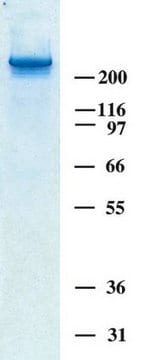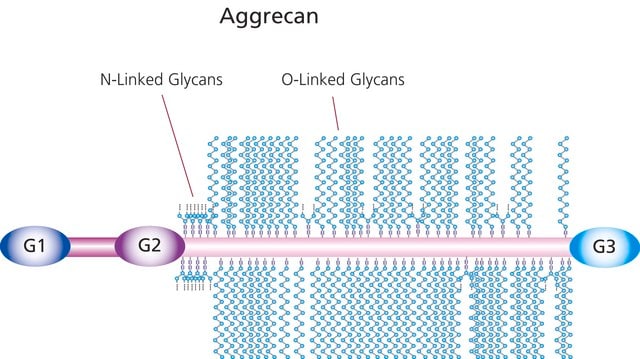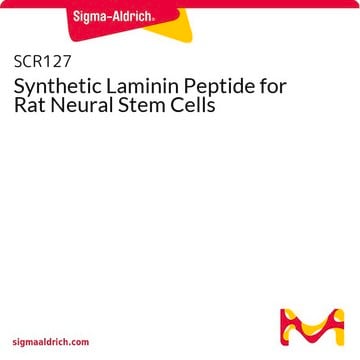CC115
Chicken Tenascin
from embryonic chicken brains, liquid, 0.755 mg/mL, suitable for cell culture
Sinónimos:
Cytotactin, Tenascin-C
About This Item
Productos recomendados
product name
Chicken Tenascin,
biological source
chicken
Quality Level
form
liquid
mol wt
large molecular weight polypeptide 190 kDa
large molecular weight polypeptide 200 kDa
large molecular weight polypeptide 220 kDa
manufacturer/tradename
Chemicon®
concentration
0.755 mg/mL
technique(s)
cell culture | mammalian: suitable
input
sample type hematopoietic stem cell(s)
sample type mesenchymal stem cell(s)
sample type pancreatic stem cell(s)
sample type induced pluripotent stem cell(s)
sample type neural stem cell(s)
sample type epithelial cells
sample type: mouse embryonic stem cell(s)
UniProt accession no.
shipped in
dry ice
storage temp.
−20°C
Gene Information
chicken ... CNTN5(395317)
General description
Physical form
Storage and Stability
Analysis Note
Legal Information
Disclaimer
Storage Class
12 - Non Combustible Liquids
wgk_germany
WGK 2
flash_point_f
Not applicable
flash_point_c
Not applicable
Certificados de análisis (COA)
Busque Certificados de análisis (COA) introduciendo el número de lote del producto. Los números de lote se encuentran en la etiqueta del producto después de las palabras «Lot» o «Batch»
¿Ya tiene este producto?
Encuentre la documentación para los productos que ha comprado recientemente en la Biblioteca de documentos.
Protocolos
This page covers the ECM coating protocols developed for four types of ECMs on Millicell®-CM inserts, Collagen Type 1, Fibronectin, Laminin, and Matrigel.
Nuestro equipo de científicos tiene experiencia en todas las áreas de investigación: Ciencias de la vida, Ciencia de los materiales, Síntesis química, Cromatografía, Analítica y muchas otras.
Póngase en contacto con el Servicio técnico




![[Glu1]-Fibrinopeptide B human ≥90% (HPLC)](/deepweb/assets/sigmaaldrich/product/structures/122/537/7ead5c32-cb67-4325-9ce7-66c8dec24bdd/640/7ead5c32-cb67-4325-9ce7-66c8dec24bdd.png)



